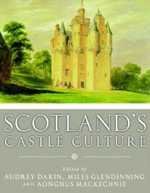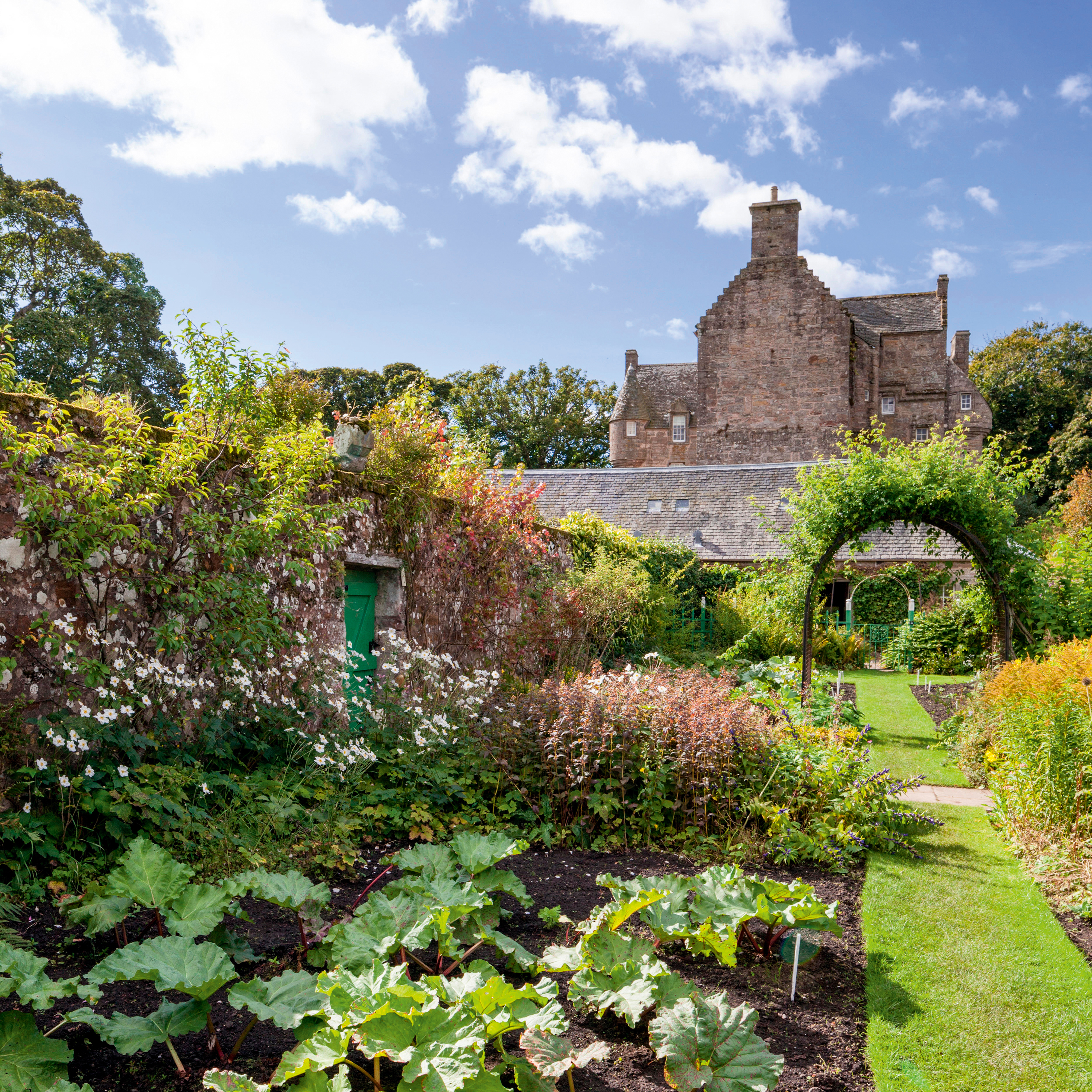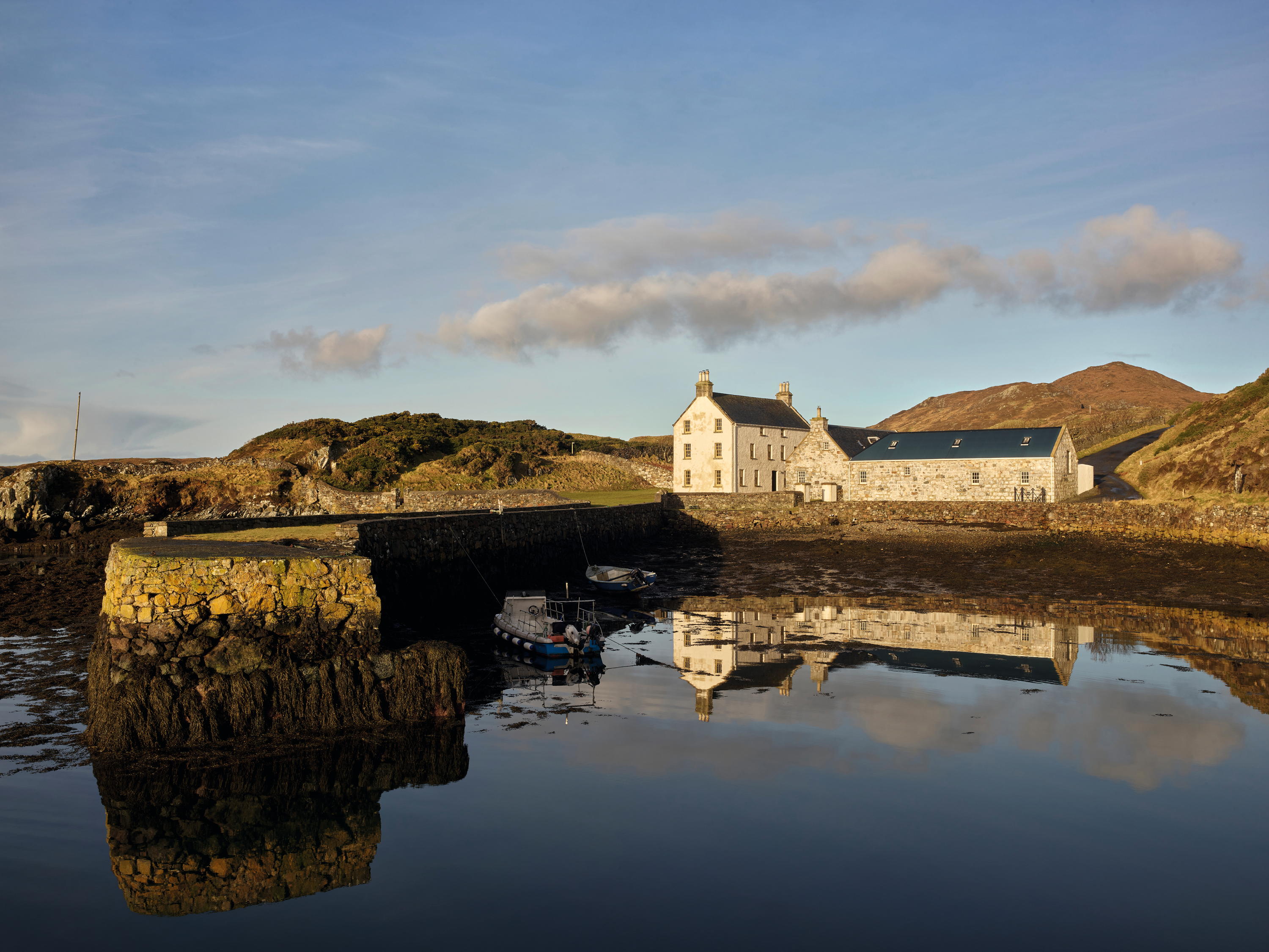Book review: Scotland's Castle Culture
The history of Scotland's castles is varied and raises more questions than answers so far, finds John Goodall as he reads this new book


To order any of the books reviewed or any other book in print, at discount prices* and with free p&p to UK addresses, telephone the Country Life Bookshop on Bookshop 0843 060 0023. Or send a cheque/postal order to the Country Life Bookshop, PO Box 60, Helston TR13 0TP. Alternatively visit www.countrylife.co.uk/bookshop.
* See individual reviews for CL Bookshop price.
Over the course of many years, one of the most consistently popular phrases typed by readers into www.countrylife.co.uk's property search is ‘Scottish castles for sale'. Nothing could more clearly underline the popular appeal of these buildings or one curious aspect of their modern perception: whereas English castles are, for some reason, outside the realm of realistic property transactions, their Scottish counterparts are conceived of as both distinctive and desirable as residences. This fact alone explains why any new book on Scotland's castles is to be welcomed and should command an audience.
Scotland's Castle Culture is a well-illustrated collection of essays by leading architectural historians derived from a conference held in 2009. The first part offers an overview of the history of castles in Scotland from the Middle Ages to the late 20th century, taking as its broa definition ‘anything stone built and castellated, or castle-like... castles of enclosure, residential towers... castle-revival houses and castellated non domestic structures'. In the second part are 10 case studies of major Scottish castles, including Glamis, Balmoral, Edinburgh and Craigievar. There is much to learn from these authoritative and wide-ranging essays.
For all the strengths of the individual contributions, however, the division of labour in the volume as a whole means that the big questions implicit in the title remain almost unaddressed, and this is unfortunate. Someone who wanted to know what ‘Scotland's castle culture' is-or was -must infer the answer. So, too, must a reader seeking to discover what characterises Scottish castles from the Middle Ages to the present, or what distinguishes them from their counterparts in Europe as a whole. From the evidence of the book, individual contributors clearly feel very differently about the matter.
* Country Life Summer Subscriptions Sale - Save £55 a year!
This is partly a reflection of the changing face of Scotland and its architecture over the period covered by the book. But it's also, evidently, a reflection of personal political outlook. To offer Caisteal Inbhir-Aora as an alternative title to the casestudy article Inveraray Castle is surely to make a point when no other titles are included with their full Gaelic alternative.
Sign up for the Country Life Newsletter
Exquisite houses, the beauty of Nature, and how to get the most from your life, straight to your inbox.
The frustrating thing is that the whole question of the Scottishness of Scottish castles (and their culture, whatever that may mean) is both fascinating and important. It is also complex and muddy. Inveraray, for example, may be in Scotland, but the Dukes of Argyll who developed it had a wider outlook. And it was to address the world beyond Scotland's borders that they anglicized the spelling of the place to its familiar modern English form.
Even in terms of geography, categorising Scotland's castles can be complicated: the medieval border between England and Scotland wasn't static, nor was the allegiance of families along it consistent. Does David I's work to the great tower of Carlisle make that building Scottish, or does the 14th-century English development of castles that are today north of the border-such as Roxburgh-mean that they have no place in an account of Scotland's architecture? The contributions to this book acknowledge some of these difficulties, but it's frustrating not to have them properly considered. The more so because some contributors undoubtedly play down the importance of Anglo-Scottish relations in order to bestow on the Scottish building tradition a maximum of independence, integrity and stature. In this respect, modern politics unmistakably obtrude into some articles.
The study of Scotland's architecture is going through something of a renaissance at present, with a flurry of authoritative new books on the subject as well as the slowly expanding coverage of the ‘Buildings of Scotland' series. In the process, our understanding of architecture in Scotland has undergone a complete transformation. This book contributes materially to the reappraisal, even if the subject of Scottish castle architecture still awaits a comprehensive modern overview.
* Follow Country Life Magazine on Twitter
Country Life is unlike any other magazine: the only glossy weekly on the newsstand and the only magazine that has been guest-edited by HRH The King not once, but twice. It is a celebration of modern rural life and all its diverse joys and pleasures — that was first published in Queen Victoria's Diamond Jubilee year. Our eclectic mixture of witty and informative content — from the most up-to-date property news and commentary and a coveted glimpse inside some of the UK's best houses and gardens, to gardening, the arts and interior design, written by experts in their field — still cannot be found in print or online, anywhere else.
-
 Alan Titchmarsh: 'It’s all too easy to become swamped by the ‘to-do’ list, but give yourself a little time to savour the moment'
Alan Titchmarsh: 'It’s all too easy to become swamped by the ‘to-do’ list, but give yourself a little time to savour the moment'Easter is a turning point in the calendar, says Alan Titchmarsh, a 'clarion call' to 'get out there and sow and plant'.
By Alan Titchmarsh
-
 Rodel House: The Georgian marvel in the heart of the Outer Hebrides
Rodel House: The Georgian marvel in the heart of the Outer HebridesAn improving landlord in the Outer Hebrides created a remote Georgian house that has just undergone a stylish, but unpretentious remodelling, as Mary Miers reports. Photographs by Paul Highnam for Country Life.
By Mary Miers